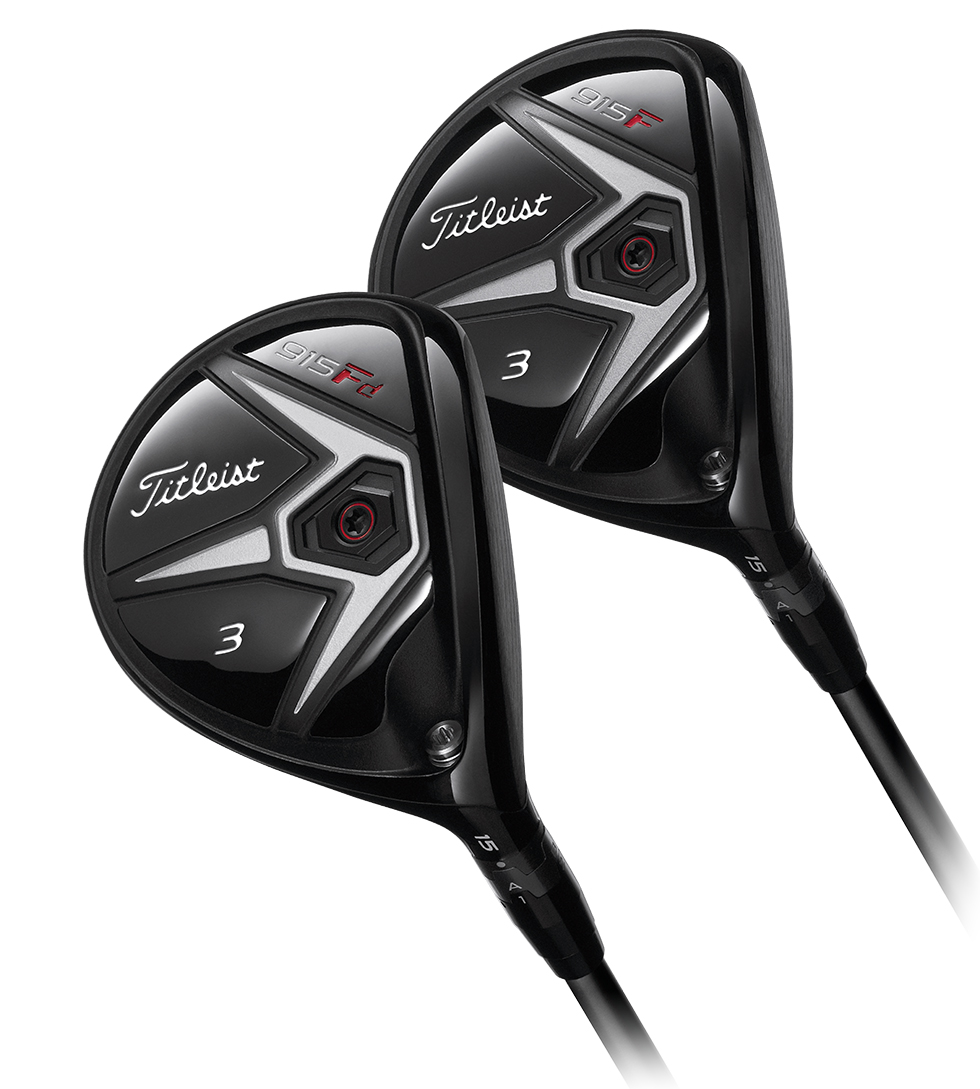 What do you want a fairway wood to do? Do you only play it from the short grass when you need to reach the green from a long way out? Is it your go-club off the tee when your driver becomes untrustworthy?
What do you want a fairway wood to do? Do you only play it from the short grass when you need to reach the green from a long way out? Is it your go-club off the tee when your driver becomes untrustworthy?
I have long had a love-hate relationship with fairway woods. Some handle hitting off the tightest of lies with no problem, but provide such a shallow face that hitting off the tee causes undue angst. Others look like mini drivers and handle tee shots like champs, but getting the ball airborne off the fairway is a much less likely proposition.
So when the first spy shots of the 915F came out and I started reading about its features, I was immediately interested in finding out if the F could retain its playability off the turf in its new larger footprint. Maybe, the 915 could fit the bill for the elusive all around fairway wood.
For this review, I had a 15° 915F with the stock Mitsubishi Diamana M+ Red 60 shaft.
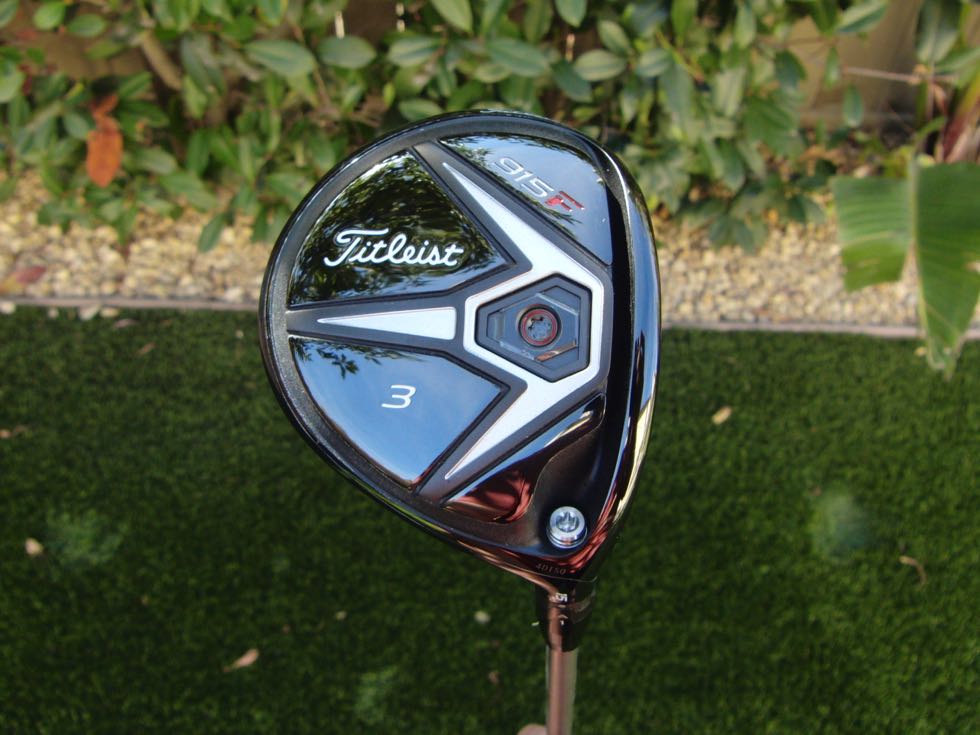
Technology and Design
One thing that is becoming clear throughout the industry is that technology is finally catching up with the relatively forgotten fairway wood. For years, manufacturers poured the latest engineering into drivers while fairway woods have for the most part lagged behind, sporting the same core technology that rolled out in drivers perhaps several seasons earlier. One obvious example is that many brands still don’t offer adjustability in their fairways even though the drivers in the same line may have had it for years.
Titlest has always rolled a few more features into their fairway models than some other manufacturers, likely due to their biannual release schedule. When your clubs are getting updated every two years, you need to put a little more into them to keep them competitive into the latter months of the release cycle. The 915s certainly have their fair share of new and updated technology.
First and foremost is the Active Recoil Channel that runs from heel to toe along the bottom of the club behind the face. This deep channel is positioned toward the front of the club to increase speed and reduce spin, which is what much of the technology in the 915F is designed to do. We’ve seen similar channels in fairways and hybrids but this is Titleist’s first foray into the technology.
The club features a forward CG combined with a thin, flexible 455 Carpenter steel face designed to raise ball speeds. According to Titleist these changes provide, on average, by 1.5 to 2.5 mph more ball speed while reducing spin by 200 rpm compared to the 913F.
Not new, but still among the best designs in golf, the SureFit Tour Hosel is very versatile, providing 16 combinations of loft and lie to give the golfer plenty of adjustability to find just the right combination to fit their game. Players who want to be able to adjust the heft of the club head can purchase an optional weight kit or individual weights.
One of the best components of customization from Titleist is the wide range of shafts available, many at no additional charge over the regular stock models. The 915F I tested arrived with a Mitsubishi Diamana M+ Red 60 shaft. It was definitely on the light side and a little torquey for my tastes. But despite my misgivings upon first seeing it, that shaft performed remarkably well for its weight class. Thanks to the adjustable hosel and access to a few other shafts, I was also able to test the club with an Aldila Rogue Black 80 and a Diamana D+ White 80 for comparison and found them both more to my liking.
Esthetics
Titleist has long been known for its traditional shapes and colors, and the 915s continue that run with a few tweaks to give us something to talk about.
The 915s feature the pear-shaped head that Titleist woods have featured for the past 15+ years (with the exception of the triangular-headed 907 D1 driver). The 915F is a slightly more bulbous pear than the 915Fd, owing to its forgiving qualities, but it is still unlikely to offend any but the most crotchety traditionalists.
The 915F still sports a smallish head, also a Titleist fairway wood tradition, but the 15-degree is up to 175cc this year (160cc for the Fd). That’s a sizeable increase from 157 in the 913 and 155 in the 910 (the 910Fd was 180cc, however). This increase in the 915F’s size will provide the average golfer with a little more confidence-inspiring appearance when hitting off a tee.
Black has been Titleist go-to color since moving from charcoal gray in the late oughts. The black crown and face of the 915s just scream “player.” The bottom of the club has a sort of “half-sunburst” or “stylized meteor” design that is in line with past Titleist designs. Besides you spend a lot more time staring at the crown than the sole, unless of course you work in a golf shop.
Perhaps, the most visible change in the look of the club (at least at address) is the new alignment aid. Titleist has turned it around. In the 913, the triangle used to point to the front of the club, touching on the center of a short, straight line that paralleled the face. In the 915, the triangle has spun around, and the line now wraps up its sides. It has a touch of a Star Trek vibe to it, while not departing too much from the previous version.
While the old guide used to imply the location of the absolute center of the clubface, the new one still provides that sort of indication while also giving the impression that you are hitting with the wide edge of the triangle. A subtle bit of psychology there. Whether you adhere to that sort of thing or not, the new design is very easy to adjust to.
Finally, the sound of the club at impact remains “Titleist” while still receiving a slight update. Previous models had a quite muffled sound, evoking the sound of persimmon in the age of metal. To me, with the 915 you hear a little more of the steel and it might be just a tad louder overall. Titleist is always keenly aware of the acoustic qualities of their golf clubs, and the 915s are no exception. Even if, like me, you loved the sound of the 913s, you will not be troubled by the updated tones of the 915.
Performance
While I had some trepidation that the larger head of the 915F would take away its playability off of tight lies, it didn’t take long to dispel those worries. I was very pleasantly surprised by how easy to hit the 915 is. In fact, I found it so forgiving that I didn’t realize at first how well the club performed overall. With all of the shafts that I tried, the 915 launched the ball well. I even played it out of the rough a few times with good results, something I rarely do with fairway woods because there’s not much loft to help and it’s just so easy to miss the ball with a shallow face.
When I tested it side by side with my 913 during a quick session on a launch monitor, I found that the 915 delivered on those “more speed, less spin” claims. While the 915 equipped with the Diamana Red spun the ball noticeably less than my 913 with a Diamana White, the launch was too high to maximize distance. Then I swapped in a Diamana D+ White 80 and the new 915 technology started to come to the forefront. With the 915 in that configuration, my spin rate dropped by a little over 200 rpm on average, and the calculated carry increased by almost five yards.
On the course, naturally, the Whiteboard delivered a lower, more boring flight than the Red. While I did not play both shafts from the same position in the same round, I did feel like I got more total yardage out of similar strikes with the White over the Red. I played one round with the Rogue and found the distance to be very comparable to the White with a higher ball flight.
I also found the 915F to be a straighter club overall than the 913F, which I wasn’t expecting. Coming off the 915’s face, the ball seemed to want to go straight, but would take a curve when I needed it. When I missed a green or fairway, it was most often the result of a straight push rather than a hook which is usually the case with the 913. And this was all on the A-1 setting. I never felt the need to adjust to B-1 (.75° flat) as I usually do with my woods.
Club Specifications
Club Loft (°) Lie (°) Length (")
----- ------------- ------------ -----------
915F 13.5, 15, 16.5, 18, 21 56.5, 56.5, 56.5, 57, 57.5 43, 43, 43, 42.5, 42
915Fd 13.5 15 56.5, 56.5 43, 43
Shaft Flex Weight (G) Torque (°) Launch ------ ----- ----------- --------------- ------- Aldila Rogue Black 80 S 85.5 2.8 Mid Mitsubishi Diamana D+ White 80 S 83 3.2 Low Mitsubishi Diamana S+ Blue 70 R, S 69, 71 4.6, 4.0 Mid Mitsubishi Diamana M+ Red 60 A, R, S 54, 55, 58 6.4, 5.8, 5.0 High Misubishi Diamana M+ Red 50 L 52 6.7 High
Additional shafts and other customization options can be seen on the Titleist website. The Titleist 915F and Fd are available for $249.
Conclusion
Manufacturer’s marketing hype is almost always just that, but in the case of the 915F Titleist seems to have hit the nail on the head. The club did generate more ball speed and reduced spin over its predecessor.
With the right shaft for the golfer, the club delivers great ball flight and ample distance. The biggest surprise for me (aside form the apparent truthful marketing messages) was how forgiving the 915F played. This one club is less demanding from the fairway, and also from the tee, than most Titleist woods of the past and can be played by a wide range of players.
The lower spin numbers should make the 915F perform better for more accomplished players who may have generated too much spin with past F models. Who couldn’t use a little more forgiveness? And those who generate exceptionally high spin can still look the Fd 3-woods.
The 915F is a great combination of forgiveness, distance, and workability. When it comes right down to it, this just might be the best all around fairway wood that I’ve played. While one or two might have been a little longer off the tee and another might have been slightly easier to hit off the fairway, I can’t think of a single club that could handle both tasks with the aplomb with which the 915F does.
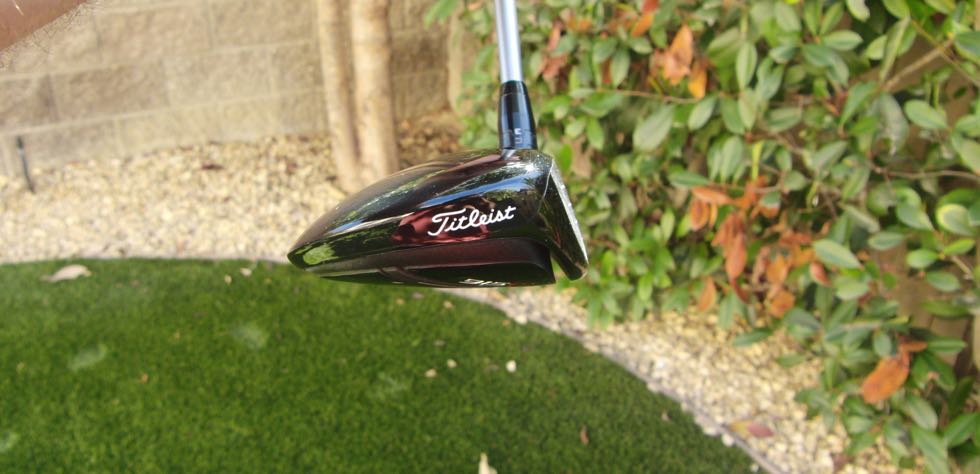
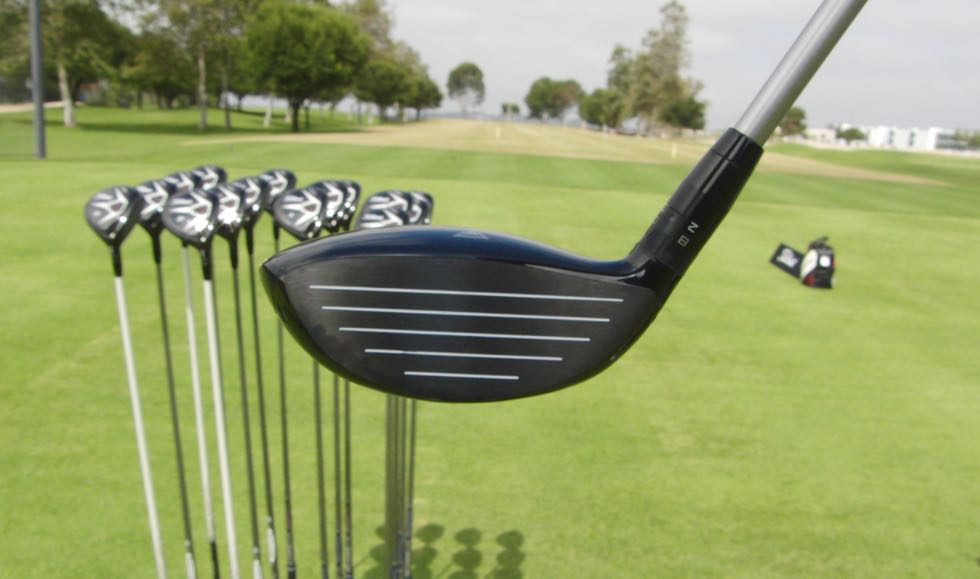
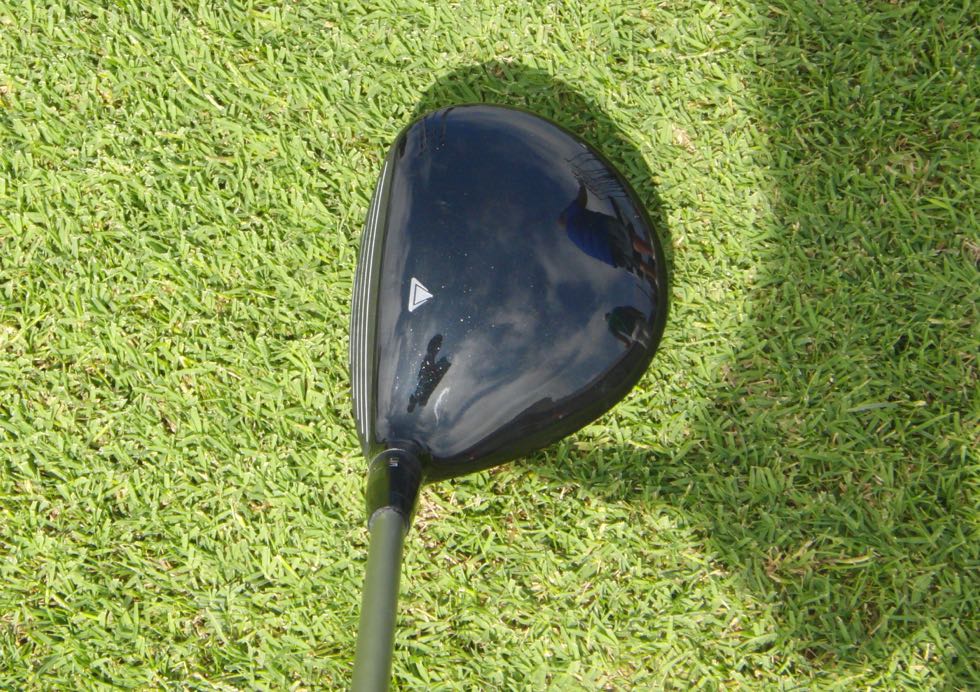
Thanks for the review George. I am definitely looking forward to trying the 915F out. I play the 910 now.
Thanks Scott. I think it’s definitely worth taking a look at. A very solid performer in my book.
Thank you for the review. Beautiful looking clubs. I am in the market for a new fairway and will definitely check these out.
hello i just grabbed a 915 18.5 5 wood and boy oh boy is this thing fun !! … just wondering ( not a fan of hitting it left to left … i prefer a slider from middle to right ) how much difference is the C4 setting to the B1 setting and what ” should ” happen during both settings … thank you